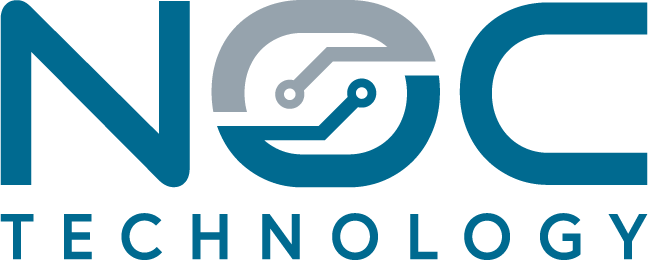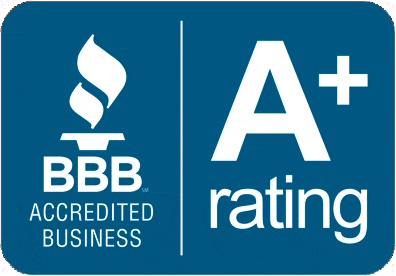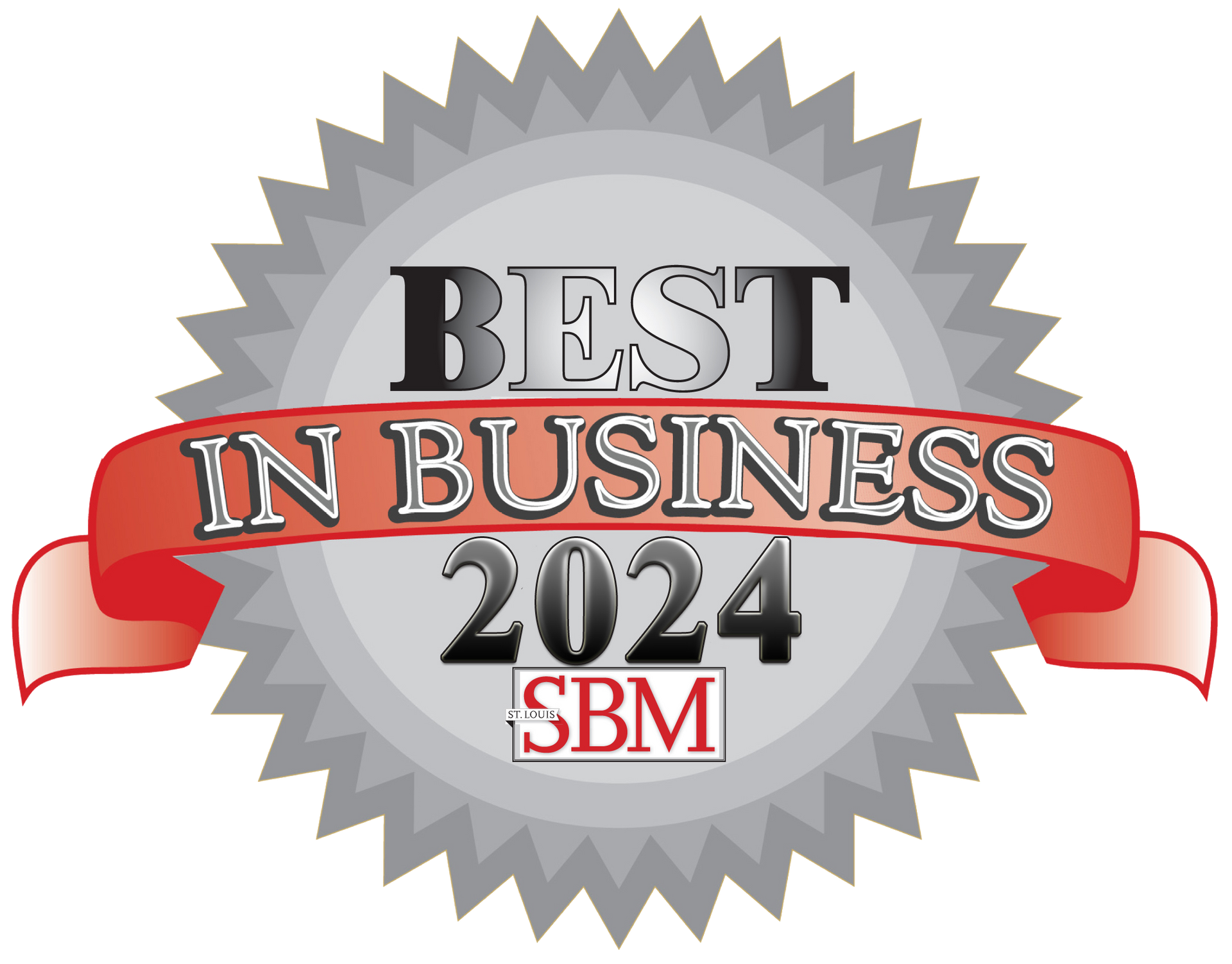How St. Louis Manufacturers Segment OT/IT Networks for Cyber Insurance
by Jon Lober | NOC Technology
How Do St. Louis Manufacturers Properly Segment OT and IT Networks to Meet Cyber Insurance Requirements?
St. Louis manufacturers must segment OT and IT networks to qualify for cyber insurance, with implementation typically costing $30,000-$80,000 and requiring 2-4 weeks with planned production windows. Without proper segmentation, manufacturers face denial of coverage or premium increases of 150-300%, while successful segmentation reduces premiums by 20-40% annually.
Why Are Insurance Carriers Now Denying Coverage Without OT/IT Segmentation?
Major carriers like Hartford, Travelers, and Zurich started requiring documented network segmentation in 2023 after ransomware attacks on manufacturing increased 287% year-over-year . The Colonial Pipeline and JBS Foods attacks demonstrated how unsegmented networks allow malware to jump from corporate IT systems directly into production control systems, causing millions in downtime losses. Read more: Ransomware recovery for manufacturers
For St. Louis manufacturers specifically, carriers are implementing stricter requirements than general businesses. Manufacturing facilities without proper OT/IT segmentation face immediate non-renewal notices or premium increases of 150-300%. Carriers now require quarterly attestation reports proving network isolation between production systems and corporate networks.
- 86% of manufacturing cyber claims involve lateral movement from IT to OT systems
- Average claim payout for unsegmented networks: $4.2 million vs. $380,000 for segmented
- Production downtime averages 21 days without segmentation vs. 3 days with proper isolation
The insurance industry's position is clear: unsegmented manufacturing networks represent uninsurable risk. Without documented segmentation, manufacturers cannot obtain coverage at any price from tier-one carriers. Read more: Overview cybersecurity insurance for SMBs
What Does Proper OT/IT Segmentation Look Like for a 150-Employee Manufacturing Plant?
Proper segmentation creates three distinct network zones with controlled communication paths: Corporate IT (Level 4-5), DMZ/Manufacturing Zone (Level 3), and Production Control (Level 0-2).
This architecture prevents ransomware from spreading between office computers and production equipment while maintaining necessary data flow for operations.
| Network Zone | Systems Included | Access Controls | Typical Equipment Count |
|---|---|---|---|
| Corporate IT (Level 4-5) | ERP, email, office PCs, cloud services | Internet access, VPN, standard firewall | 75-100 devices |
| DMZ/Manufacturing Zone (Level 3) | MES, historian servers, HMI stations | Data diodes, jump servers, restricted protocols | 15-25 devices |
| Production Control (Level 0-2) | PLCs, SCADA, sensors, actuators | Air-gapped or unidirectional gateways only | 200-400 devices |
Critical implementation requirements include:
- Physical firewall separation between each zone (not just VLANs)
- Unidirectional security gateways for data flow from OT to IT
- Dedicated authentication systems for each network zone
- Protocol filtering allowing only specific industrial protocols (Modbus, EtherNet/IP)
- Network monitoring with separate SOC visibility for each zone
Insurance auditors specifically verify that remote access to production systems requires multi-hop authentication through isolated jump servers, preventing direct internet connectivity to any OT device. Read more: Our approach to multilayered cybersecurity
How Much Production Downtime Should We Plan for During Segmentation?
Most St. Louis manufacturers complete segmentation with 24-48 hours of full production downtime spread across 2-4 weekends, plus 8-12 hours of partial line shutdowns for testing.
Strategic scheduling during planned maintenance windows or holiday shutdowns minimizes revenue impact.
| Phase | Duration | Production Impact | Activities |
|---|---|---|---|
| Planning & Design | 2 weeks | None | Network mapping, equipment inventory, architecture design |
| Hardware Installation | Weekend 1 | 12 hours full shutdown | Install firewalls, switches, cabling infrastructure |
| Network Reconfiguration | Weekend 2 | 12 hours full shutdown | VLAN creation, routing changes, initial segmentation |
| Testing & Validation | 1 week | 4-hour windows (nights) | Line-by-line testing, data flow verification |
| Cutover & Optimization | Weekend 3 | 24 hours full shutdown | Final cutover, full system testing, documentation |
Key strategies to minimize downtime include:
- Pre-staging all hardware and configurations before any production impact
- Running parallel networks during transition where possible
- Testing with pilot production lines before full implementation
- Scheduling during annual shutdowns (many manufacturers align with July 4th week)
- Having vendor support on-site for immediate troubleshooting
Manufacturing facilities with 24/7 operations typically implement rolling segmentation by production area, requiring 4-6 weeks but maintaining 70-80% production capacity throughout. Read more: IT support for manufacturers: six recommendations for manufacturers in need of tech support
What's the Real Cost of Segmentation for Mid-Size St. Louis Manufacturers?
Total segmentation costs for a 150-employee St. Louis manufacturing facility range from $30,000 to $80,000, with most projects landing near $55,000. This investment typically generates positive ROI within 18 months through insurance premium reductions and avoided incident costs.
| Component | Low End | Typical | High End |
|---|---|---|---|
| Industrial Firewalls (3-4 units) | $8,000 | $15,000 | $25,000 |
| Managed Switches & Infrastructure | $5,000 | $8,000 | $12,000 |
| Professional Services (Design & Implementation) | $12,000 | $20,000 | $28,000 |
| Testing & Documentation | $3,000 | $5,000 | $8,000 |
| Training & Procedures | $2,000 | $3,000 | $5,000 |
| Total Project Cost | $30,000 | $51,000 | $78,000 |
ROI calculations show strong financial justification:
- Insurance premium reduction: 20-40% annually (average $25,000-$45,000 saved)
- Avoided ransomware recovery costs: $1.2 million average for unsegmented networks
- Reduced audit costs: $5,000-$8,000 annually through simplified compliance
- Faster incident recovery: 75% reduction in mean time to recovery
Additional ongoing costs include $500-$1,500 monthly for managed security monitoring of segmented zones and annual penetration testing at $5,000-$8,000. Most manufacturers recover full implementation costs through premium savings alone within 18-24 months Source.
How Do We Handle Legacy Equipment That Can't Support Modern Security?
Legacy PLCs and SCADA systems require data diodes or unidirectional security gateways that physically prevent any inbound network traffic while allowing monitoring data to flow out. For equipment running Windows XP or older embedded systems, complete air-gapping with manual data transfer remains the only insurance-acceptable solution.
Common legacy equipment challenges and solutions:
- 15-year-old PLCs without authentication: Deploy protocol-specific firewalls that add authentication layer
- Windows XP-based HMI systems: Isolate on dedicated VLAN with no internet routing whatsoever
- Serial/Modbus devices: Use serial-to-Ethernet converters with built-in security features
- Proprietary vendor protocols: Implement deep packet inspection firewalls with custom rule sets
| Equipment Age | Typical Systems | Recommended Approach | Insurance Acceptability |
|---|---|---|---|
| 5-10 years | Modern PLCs, Windows 7/10 HMIs | Standard segmentation with patching | Fully acceptable |
| 10-15 years | Older PLCs, Windows XP/2003 | Isolation zones with monitoring only | Acceptable with documentation |
| 15+ years | DOS-based systems, serial only | Complete air-gap or replacement | Requires special underwriting |
Insurance carriers generally accept legacy equipment if properly isolated, but require additional documentation including asset inventories, end-of-life timelines, and compensating controls. Equipment older than 20 years often triggers exclusions unless replacement plans are documented Source.
What Ongoing Compliance Requirements Come After Initial Segmentation?
Insurance carriers require quarterly network segmentation testing, annual third-party audits, and immediate notification of any network changes affecting zone isolation. St. Louis manufacturers typically spend $15,000-$25,000 annually on compliance activities to maintain coverage.
Quarterly requirements include:
- Segmentation effectiveness testing: Verify firewall rules still prevent cross-zone traffic
- Change management documentation: Log all network modifications with risk assessments
- Penetration testing: Attempt to breach zone boundaries (required semi-annually)
- Asset inventory updates: Track any new equipment additions to OT networks
Annual audit requirements focus on:
- Full network architecture review by certified OT security professional
- Incident response plan testing with tabletop exercises for OT-specific scenarios
- Vendor access audit documenting all third-party OT connections
- Recovery time validation proving ability to restore production within stated RTO
Failure to maintain compliance typically results in 30-day cure notices from carriers. Missing two consecutive quarterly reports triggers automatic premium increases of 25-50% or policy non-renewal. Documentation must be retained for seven years for potential claims disputes Source.
What Are the Next Steps for Manufacturers Starting This Process?
Start with a current-state network assessment to map existing connections between IT and OT systems, identifying all pathways where production equipment touches corporate networks. This assessment, typically taking 2-3 weeks and costing $5,000-$8,000, becomes the foundation for insurance discussions and implementation planning.
Immediate action items for St. Louis manufacturers:
- Week 1-2: Inventory all production equipment with network connections
- Week 3-4: Map data flows between ERP/MES and production systems
- Week 5-6: Obtain segmentation quotes from OT-specialized integrators
- Week 7-8: Review requirements with current insurance broker for carrier-specific needs
- Week 9-10: Develop implementation timeline aligned with production schedules
Critical success factors include securing executive buy-in with ROI data, establishing a cross-functional team including IT, OT, and production management, and selecting vendors with specific manufacturing OT experience rather than general IT providers. Most importantly, engage your insurance carrier early in the process to ensure your planned architecture meets their specific requirements—each carrier has slightly different technical standards that affect acceptance.
St. Louis manufacturers should prioritize vendors familiar with regional manufacturing base, particularly those experienced with food processing, automotive suppliers, and chemical manufacturing prevalent in the metro area. Local presence ensures faster response during critical implementation windows and ongoing support needs.
About NOC Technology: NOC Technology specializes in OT/IT convergence and cybersecurity for Greater St. Louis manufacturers, with deep expertise in legacy equipment integration and insurance compliance requirements Source.




